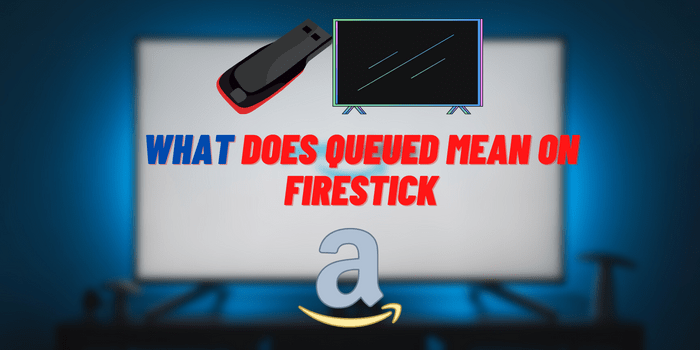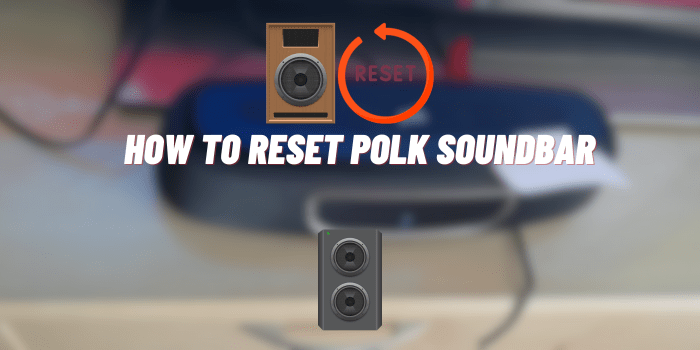Which RAID Is Most Risky in Recovery?
Redundant Array of Independent Disks (RAID) systems are commonly used to improve storage performance, capacity, and reliability in computing environments. However, not all RAID configurations provide the same level of fault tolerance and recoverability. When RAID failure occurs, some RAID types present much higher risks for irrecoverable data loss than others.
The core benefit of any RAID implementation is to provide protection against disk drive failure. This is achieved by combining multiple drives together and using techniques like mirroring (identical copies of data), striping (data distributed across drives), and parity (redundancy coding).
Assessing Recovery Risks
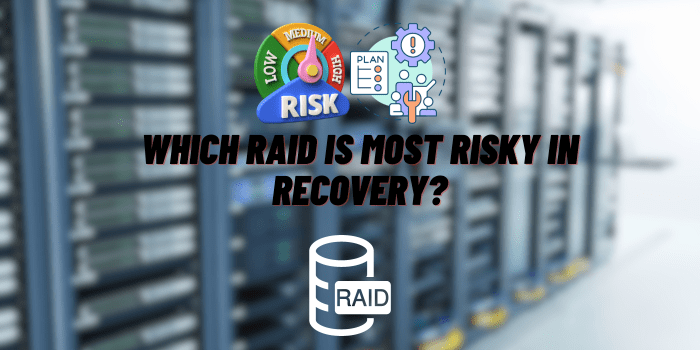
When a RAID experiences degraded operation or outright failure, the array must be rebuilt by replacing the failed disk(s) and reconstructing lost data from the remaining disks. However, not all RAID levels are equally robust in this recovery process.
RAID 0 is the riskiest configuration in the event of drive failure or array damage. With no redundancy or fault tolerance, RAID 0 makes data on the array completely unrecoverable if even just one drive is lost. The lack of data copies means disk error or failure destroys data.
RAID 1, with its perfect mirroring, has very low recovery risk for rebuilding lost drives. The duplicate set of all data makes drive replacement and restoration straightforward. However, there is still a small possibility that identical disks fail concurrently before the mirror is rebuilt.
RAID 5 and RAID 6 provide single- and double-parity fault tolerance respectively. The distributed parity stripes allow recovery from at most one (RAID 5) or two (RAID 6) drive failures. However, as more drives fail, uncertainty, and risk increase in relying on more complex parity calculations to rebuild very large failed blocks.
Factors Affecting RAID Recovery Risk
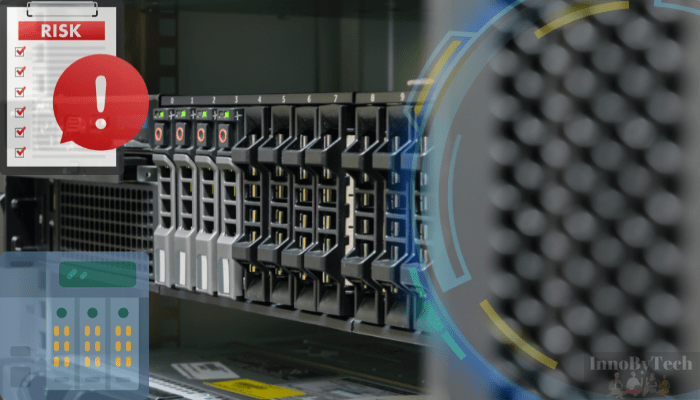
The ability to successfully recover lost data after a RAID failure depends on many factors beyond just the RAID type and levels of redundancy. The root causes precipitating system outage, complications during rebuilding, and RAID implementation details all impact the risks and challenges associated with restoration.
Hardware Failures
- Disk drive failures, especially simultaneous multi-disk failures, directly cause RAID outages and increase uncertainty during recovery. The more drives that must be replaced, the more reliance on parity or mirror calculations.
- Faulty RAID controllers can corrupt data during writes. This leads to extra complex repair scenarios and higher risks of irrecoverable data damage compared to just drive issues alone.
Human Errors
- Accidental file deletion is protected against only in mirrored or redundant RAID systems. In striped RAID levels, deletion removes data across drives permanently. Rebuilding provides no help.
- Poorly configured RAID, bad driver settings, or improper disk substitutions severely jeopardize rebuild success. Such errors amplify recovery difficulty.
Software and Firmware Issues
- Damaged RAID firmware or corrupted device drivers create substantial rebuild problems. Low-level software controls the array, so errors here multiply other risks.
- Software RAIDs in the operating system add abstraction complexity compared to hardware RAID controllers. This separation leaves them more vulnerable to configuration and management errors.
RAID Level Specific Risks
- RAID 0 arrays have zero fault tolerance, maximize capacity, and provide no data redundancy. Drive failure destroys data with no backup and no options to rebuild.
- RAID 5’s distributed parity introduces potential for the destructive “write-hole” phenomenon during recovery. Partially written new data and outdated parity cannot reconcile after failures.
- RAID 6 provides additional redundancy over RAID 5 but carries extra complexity from double parity management. More calculations amplify rebuilding uncertainties.
- The mirroring in RAID 10 improves redundancy and recovery speed over RAID 5 or 6 but carries higher hardware cost. Partial mirror failure also adds corner-case risks.
Data Recovery Techniques for RAID Systems
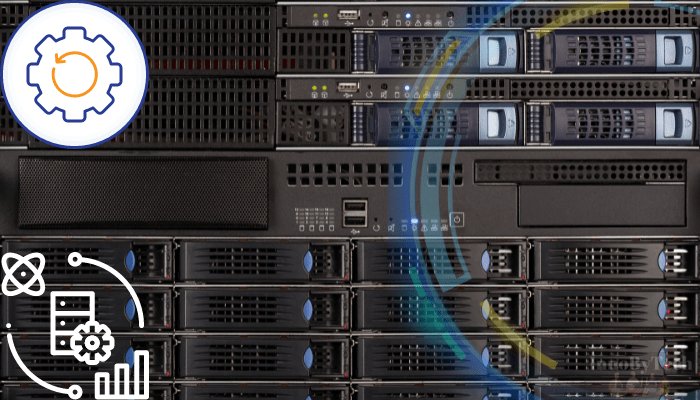
- Data recovery requires specialized tools and methods to reconstruct damaged RAID arrays and extract lost data. Techniques range from commercial software to professional forensic services.
- Hardware recoveries utilize the RAID controller to rebuild failed disks using existing parity or mirrors. Software recoveries operate at the file level instead, extracting remnants from disk images.
- Use the best raid software to restore damaged arrays and recover deleted files. More advanced paid solutions offer features such as DiskInternals RAID Recovery and deep scanning to preserve data.
- Do-it-yourself recoveries are lower cost but offer no guarantees. Professional recoveries are expensive but utilize environmental controls, specialized tools and extensive RAID experience to maximize success rates.
Case Studies
Case 1: A 4-disk RAID 5 array suffered 2 concurrent disk failures, causing complete data loss. No parity stripe or backup remained valid, making recovery impossible.
Case 2: A RAID 0 disk was accidentally reformatted. With no redundancy, recovery attempts recouped only 2% of original files. This emphasizes RAID 0’s total loss risk.
Case 3: A mirrored RAID 1 array had a controller failure but with disks intact. A software-based recovery fully restored all data from the secondary mirror. Fast and low risk.
These examples showcase the dramatic differences in recoverability between RAID types when disasters strike. RAID 1 mitigates almost all recovery risk while RAID 0 and certain multi-disk failures bring complete data loss. Appropriate RAID selection, routine backups and professional recovery capability are essential considerations for maximizing business continuity.
Best Practices for Reducing RAID Recovery Risk
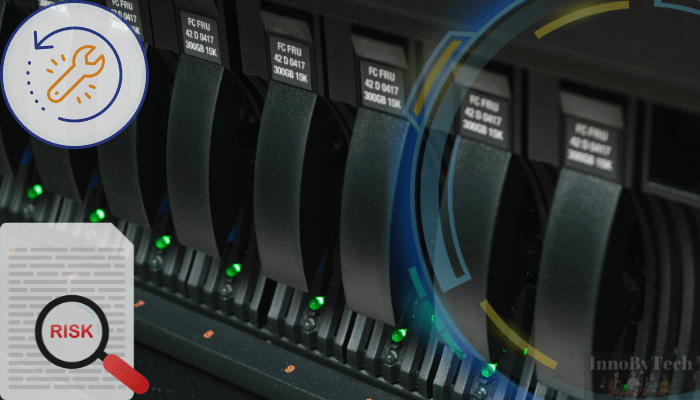
- Performing complete and tested backups to offline media on a daily or weekly basis provides insurance against RAID failures. Backups should exceed total data storage volume.
- Monitoring RAID status, quickly replacing failed drives, updating firmware, and testing spare components reduces the likelihood of two disks failing before a rebuild.
- IT staff administering business-critical RAID systems should receive vendor-certified training. They must follow documented procedures and change control to avoid human-caused outages.
- Choosing RAID levels with native fault tolerance like RAID 1 mirroring or RAID 6 double parity offers safer protection compared to RAID 0 striping or even RAID 5.
Conclusion
The various standard RAID architectures have vastly different levels of resilience against disk failure and data loss. RAID 0 is the riskiest while RAID 1 is most reliable, with single and dual parity RAID 5 and 6 in between.
To minimize RAID recovery risk, businesses must incorporate regular backups, monitoring, redundancy planning, and staff education into their data protection strategy.
In emergency data loss scenarios, professional RAID recovery specialists possess the advanced tools and expertise to salvage as much data as possible. However, they cannot work miracles when too many RAID safeguards fail at once.
Organizations should select RAID levels that match their performance, storage and redundancy requirements while understanding the inherent recovery risks certain architectures carry by design. Awareness, preparation and appropriate RAID selection collectively help mitigate data loss threats in modern IT environments.



